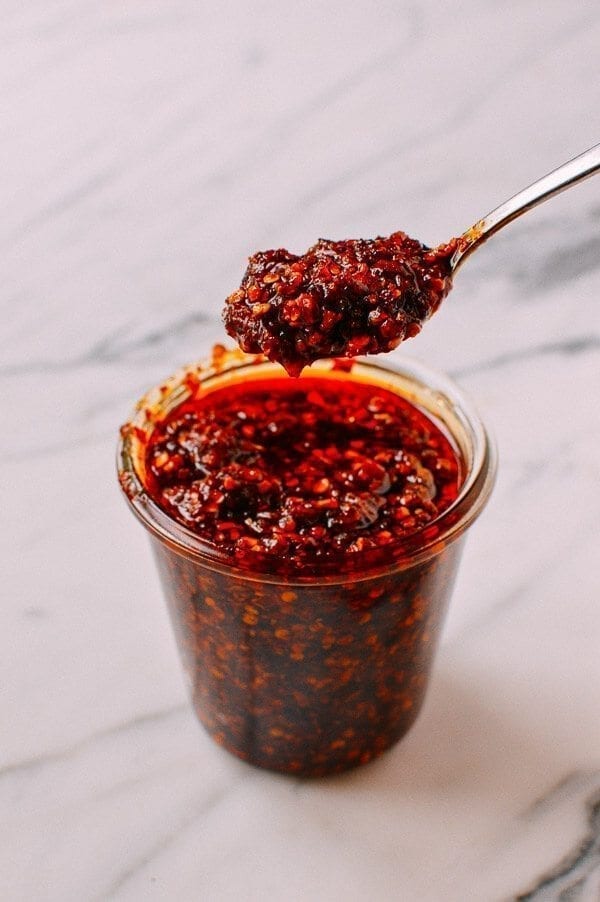- No. 268 Xianghe Street, Economic Development Zone of Xingtai city, Hebei 054001 China
- Byron@hbhongri.cn
Spicy Crushed Pepper Flakes for Enhancing Your Favorite Dishes
The Spicy Journey of Dried Hot Pepper Flakes
Dried hot pepper flakes are a culinary delight that have spiced up dishes around the world. Originating from various types of hot peppers, these flakes offer not just heat, but also a burst of flavor that enhances a wide array of cuisines. From Italian pasta to Indian curries, dried hot pepper flakes have secured their place in kitchens globally, making them an essential ingredient for both home cooks and professional chefs.
The Origin and Variety of Hot Peppers
The journey of dried hot pepper flakes begins with the peppers themselves. Hot peppers belong to the Capsicum genus, which includes a diverse range of species varying in heat levels, colors, and sizes. Some of the most commonly used peppers for producing flakes include red pepper, cayenne, and Thai chili. These peppers contain capsaicin, the active component that provides the spicy kick. The Scoville Heat Scale measures the pungency of peppers, with some varieties reaching over a million SHU (Scoville Heat Units), while others are milder.
The cultivation of hot peppers spans across continents, with regions like Southeast Asia, Mexico, and the Mediterranean being particularly renowned for their pepper varieties. Each area has its unique methods of growing and drying peppers, contributing to the distinct flavors of the flakes. For instance, sun-drying is a traditional technique used in many cultures, while others may opt for dehydrators or ovens. The method chosen can significantly affect the flavor profile of the resulting flakes, adding nuances that enhance the culinary experience.
The Process of Making Dried Hot Pepper Flakes
Creating dried hot pepper flakes is an art that involves several steps. First, the peppers must be harvested at the right time, typically when they are fully ripe and bursting with flavor. Once harvested, they are washed and, depending on the desired flavor intensity, either left whole or sliced. The drying process is critical, as it concentrates the flavor while reducing moisture to ensure a longer shelf life. After drying, the peppers are crushed or ground to create flakes or powder.
dried hot pepper flakes

The quality of the peppers chosen for this process is paramount. High-quality peppers lead to robust flavors, while inferior peppers can result in a bland product. This has led many culinary enthusiasts to grow their own peppers, ensuring they have the freshest and most flavorful ingredients right at their fingertips.
Culinary Uses of Dried Hot Pepper Flakes
Dried hot pepper flakes are celebrated for their versatility in the kitchen. They can be sprinkled on pizzas, stirred into sauces, or used as a topping for salads and roasted vegetables, adding not only heat but also a vibrant color that enhances the visual appeal of dishes. In many cultures, a common practice is to have a small dish of pepper flakes on the table, allowing diners to adjust the spice level of their meals to their liking.
In addition to their culinary applications, dried hot pepper flakes also offer a range of health benefits. Capsaicin is known for its metabolism-boosting properties and potential pain-relief benefits. It is also packed with vitamins A, C, and E, and contains antioxidants that can help fend off various diseases.
Conclusion
In summary, dried hot pepper flakes are more than just an ingredient; they are a testament to the rich culinary traditions around the world. The process of growing, drying, and preparing these fiery flakes reveals a deep connection between food, culture, and flavor. As global palates evolve and the demand for authenticity in cuisine continues to grow, dried hot pepper flakes remain a staple that not only adds heat but also brings people together through the universal language of good food. Whether you're looking to add a bit of spice to your dishes or explore new culinary horizons, the journey of dried hot pepper flakes is one that promises excitement, flavor, and warmth.
-
Turmeric Rhizome Powder: A Golden Treasure from Roots to TableNewsJul.28,2025
-
The Versatile Application Of Crushed Red Hot Peppers: Lighting Up The Red Flames On The Dining TableNewsJul.28,2025
-
The Paprika: A Touch Of Vibrant Red In Color, Flavor, And CultureNewsJul.28,2025
-
Ground Turmeric: A Modern Examination of an Ancient SpiceNewsJul.28,2025
-
Capsicum Liquid Extract: Features, Applications, and ChallengesNewsJul.28,2025
-
Application of Capsicum Liquid Extract in FoodNewsJul.28,2025







